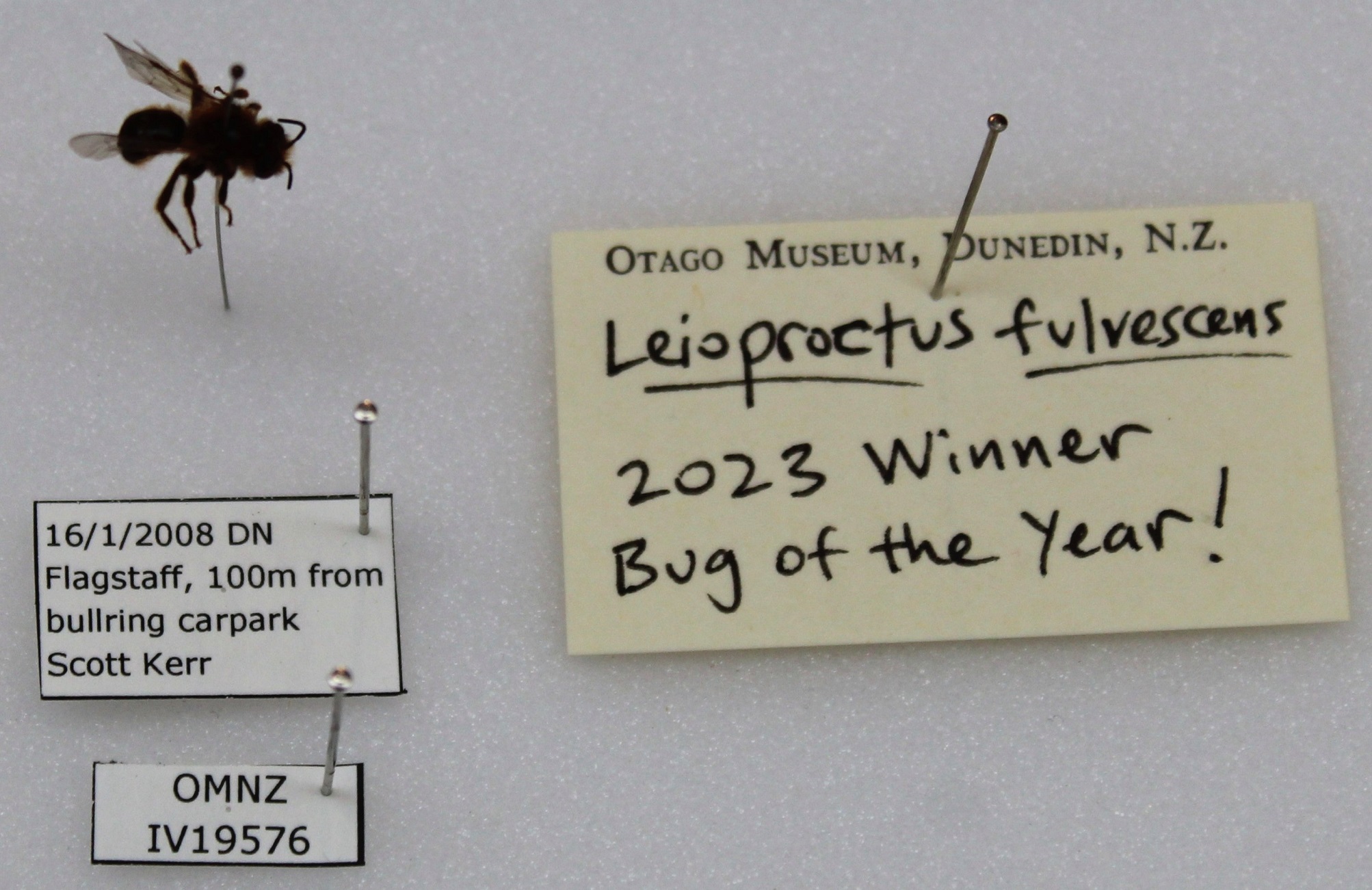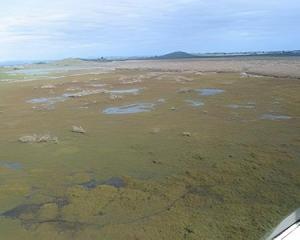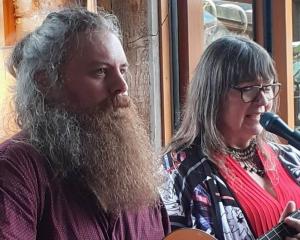
The native bee was voted top bug out of 24 nominees on Tuesday in the contest run by the Entomological Society of New Zealand.
Tūhura Otago Museum natural sciences assistant collection manager On Lee Lau was delighted the museum’s own choice won.
Leioproctus fulvescens is one of 28 native bee (Ngaro Huruhuru) species.
"I think it is generally a bit of an underdog for native insects, it is one of those where it doesn’t really get noticed.
"They are not too flashy, they just go on and get the job done so they are very kind of Kiwi in that way."
"They will feed off native plants, basically, so you will see them a lot around hebes."

Ngaro Huruhuru begin waking up in the spring and then become very active during the summer.
"Most of the ones you will see around are going to be girls, because they are the hard workers."
Most of the native bees look black, almost like flies, but Leioproctus fulvescens have soft yellow hairs.
"So once you get up close to one, she’s pretty cute."
University of Otago department of zoology senior lecturer Dr Jennifer Jandt said unlike introduced honey bees and bumble bees that live in colonies (hives), New Zealand native bees were solitary.
"This means a single bee builds the nest, lays the eggs, and forages for her offspring all by herself."

Each individual nest belongs to a single bee and her developing larvae.
"If she doesn’t come home, her whole nest dies."
Native bees are effective pollinators of crops and native flowers, but face serious declines globally, as they do not forage as far for food, and nesting spaces are limited.
It was important to acknowledge the difference between native and introduced bees, and give native bees a "fighting chance" by protecting their habitat and planting more beneficial flowers, she said.
- Leioproctus fulvescens specimens, along with most of the other nominees for Bug of the Year, are on display at Tūhura Otago Museum until Monday.















